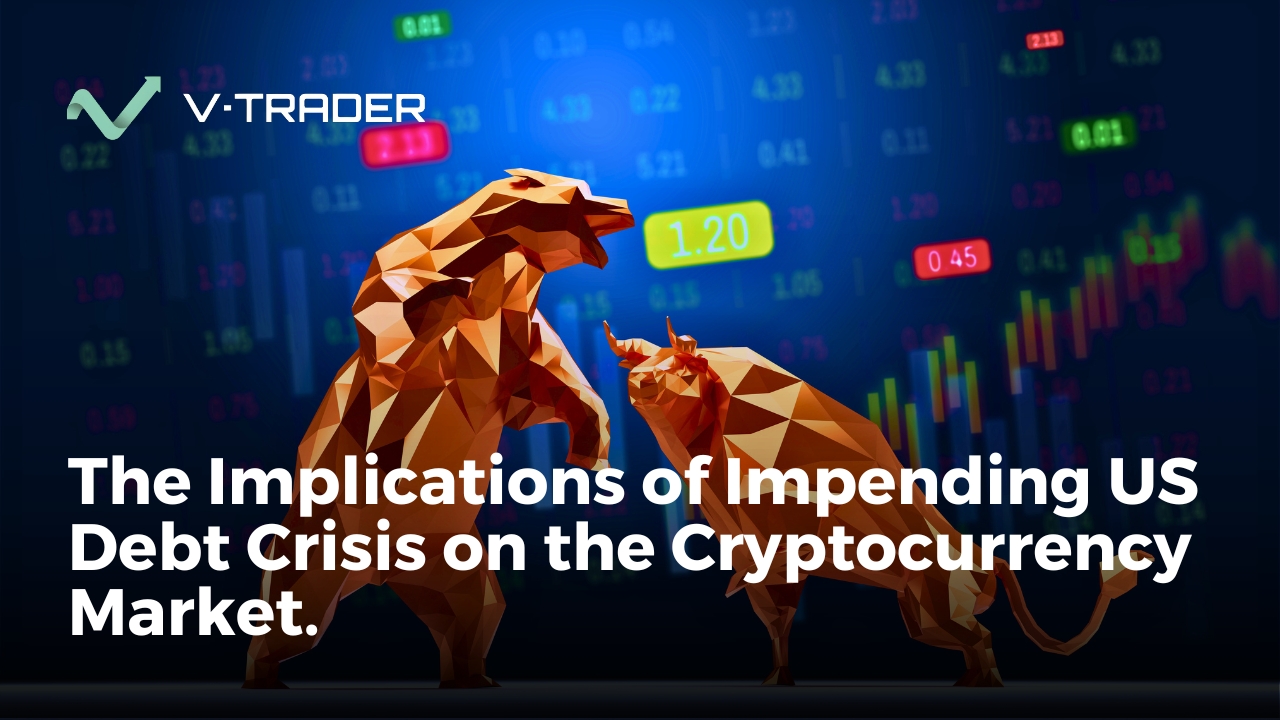Imagine you’re at a concert where the band throws limited-edition merchandise into the crowd. Initially, they toss out 20 items per song, but after a while, they reduce it to 10, then 5, and so on. As the giveaways dwindle, the crowd’s excitement and the value of each item skyrockets. This scenario mirrors the phenomenon in the cryptocurrency world known as a Bitcoin halving, a key event that can send ripples through the cryptocurrency market and impact your investment strategy.
In this article, we’ll break down everything you need to know ahead of the next Bitcoin halving expected to occur in 2028. You’ll learn what halving is, why it matters, and how it has shaped the past market cycles. More importantly, we’ll explore key strategies to help you navigate the event, whether you’re a trader looking for short-term opportunities or a long-term investor aiming to maximize your gains. If you want to stay ahead of the curve and make informed decisions, keep reading.
Understanding Bitcoin Halving
Bitcoin halving is a fundamental event programmed into the Bitcoin network that occurs approximately every four years, or after every 210,000 blocks are mined. During this event, the reward that miners receive for adding new transactions to the blockchain is cut in half. This mechanism controls the rate at which new bitcoins are introduced into circulation, reinforcing the cryptocurrency’s scarcity.
For instance, the most recent halving took place on April 19, 2024, reducing the mining reward from 6.25 to 3.125 bitcoins per block.
The Role of Scarcity in Bitcoin’s Value
Scarcity is one of the fundamental pillars of Bitcoin’s value, alongside decentralization and anonymity. Unlike fiat currencies, which can be printed in unlimited quantities by central banks, Bitcoin has a fixed supply of 21 million coins, out of which about 19,996,987 have already been mined. This hard cap creates a predictable and transparent monetary policy, making Bitcoin resistant to inflation and monetary manipulation.
The economic principle of supply and demand states that when there is less supply while demand remains constant or grows, the price tends to increase. Bitcoin’s price movements following past halvings have shown this dynamic, often experiencing significant long-term appreciation. However, it is important to note that scarcity alone does not drive value. Market sentiment, adoption rates, regulatory developments, and macroeconomic conditions all play a vital role in shaping Bitcoin’s price trajectory.
This blend of digital scarcity and decentralized security has led many to compare Bitcoin to gold, earning it the nickname “digital gold.” Just as gold has served as a hedge against economic uncertainty, Bitcoin’s limited supply and resistance to central control make it an attractive store of value in the digital age.
Historical Overview of Previous Halvings
Bitcoin’s past halvings have had a significant impact on its price and market dynamics, often serving as a catalyst for major bull runs. While each event has played out under different market conditions, examining historical patterns can provide valuable insights into how the next halving might unfold.
- 2012 Halving: The first halving reduced rewards from 50 to 25 bitcoins per block. In the year following, Bitcoin’s price surged from around $12 to over $1,000, marking its first significant bull run. The percentage gain from $12 to $1000 is 8,233%.
- 2016 Halving: The second halving cut rewards to 12.5 bitcoins per block. Subsequent months saw the price climb from approximately $650 to nearly $20,000 which means the value grew by nearly 30 times the original amount by December 2017.
- 2020 Halving: The third halving further reduced rewards to 6.25 bitcoins per block. Following this event, Bitcoin’s price experienced substantial growth, reaching new all-time highs in the following year.
- 2024 Halving: The fourth Bitcoin halving occurred on April 19, 2024, reducing mining rewards from 6.25 to 3.125 bitcoins per block. This time, after the halving, Bitcoin’s price experienced a slight decline. While the previous historical trends suggest potential price growth after halving, this time various other factors such as market sentiment, institutional interest, and regulatory developments also played significant roles in determining Bitcoin’s price.
These patterns suggest that halving events act as catalysts for price appreciation, though they are not the sole influencers, and we must remember that past performance does not guarantee future results.
Significance of Bitcoin Halving
The Bitcoin halving event holds considerable significance for various stakeholders, it will also be influencing the broader cryptocurrency ecosystem in several ways:
- Miners: With reduced rewards, miners may face profitability challenges, especially those operating with high electricity costs or outdated hardware. This can lead to industry consolidation, where only the most efficient mining operations survive, and smaller players exit the market. Some miners may seek alternative revenue streams, such as transaction fees, while others may transition to more energy-efficient mining practices or migrate to regions with lower operational costs.
- Investors and Traders: Halving events often heighten market speculation and volatility, presenting both opportunities and risks. As we saw, halvings have been associated with price increases, attracting both institutional and retail investors looking to capitalize on potential gains. However, the uncertainty surrounding market reactions can lead to sharp price fluctuations, requiring investors to carefully assess risk and employ strategies such as dollar-cost averaging or hedging. Additionally, the reduction in new Bitcoin supply can shift market dynamics, potentially strengthening Bitcoin’s position as a store of value.
Beyond miners and traders, Bitcoin halving also impacts the broader financial landscape. Regulators, institutional investors, and businesses accepting Bitcoin as payment may adjust their strategies based on supply constraints and market trends.
Market Implications of Bitcoin Halving
The halving’s impact on Bitcoin’s price can be observed in both short-term and long-term contexts:
- Short-Term Effects: Increased volatility is common as the market adjusts to the new supply rate. Prices may experience fluctuations as traders react to the event.
- Long-Term Effects: If historical trends persist, reduced supply growth coupled with sustained or rising demand could lead to price growth over time.
Essential Steps for Investors Ahead of Halving
Bitcoin halvings are pivotal events that reshape the cryptocurrency landscape, presenting both risks and opportunities. A well-informed approach can help investors navigate the market effectively and maximize potential gains. Below are key steps to consider before and after a halving to enhance your investment strategy.
- Strengthen Your Knowledge Base: Stay updated on Bitcoin’s fundamentals, market trends, and macroeconomic factors that may influence price movements. Follow reputable sources such as blockchain analytics platforms, institutional reports, and regulatory updates.
- Evaluate Your Investment Strategy: Assess your portfolio before the halving. Think of what to do if the price goes up and plan ahead for what you’ll do if the price falls unexpectedly. Avoid reactionary trading based on hype or short-term speculation, this can often lead to costly mistakes.
- Research Market History: Analyze outcomes of previous halvings to identify potential patterns and inform your expectations. While past performance does not guarantee future results, historical trends suggest that halvings often contribute to long-term price increases.
- Consider Long-Term Investment: Given the potential for price appreciation post-halving, a long-term holding strategy may be advantageous. If your strategy focuses on Bitcoin as a store of value, a buy-and-hold approach can reduce stress from market fluctuations and maximize potential post-halving gains.
- Implement Dollar-Cost Averaging (DCA): Instead of making a large one-time investment, consider investing small amounts at regular intervals. This method reduces the impact of short-term volatility and removes the pressure of trying to time the market.
Frequently Asked Questions
- Should I buy Bitcoin before halving? Purchasing Bitcoin before a halving can be strategic, as past events have led to price increases. However, market conditions vary, so thorough research and consideration of your financial situation are essential.
- Will Bitcoin go up or drop in price after halving? While historical data shows price appreciation following halvings, the market is influenced by numerous factors. It’s important to remain cautious and not rely solely on past trends.
- How many Bitcoin halvings are left? Given the 21 million coin cap and the current issuance rate, the final halving is projected to occur around 2140.
- Is Bitcoin halving good or bad? Halving is a neutral event by design, intended to control inflation and maintain scarcity. Its impact can be positive or negative, depending on one’s role in the Bitcoin ecosystem.
- Should I buy BTC before or after halving? Timing purchases around halving events depends on individual investment strategies and market analysis. Both approaches have potential benefits and risks.
- Who benefits from Bitcoin halving? Long-term holders may benefit from potential price appreciation, while miners might face reduced revenues, and make operational adjustments.
- Will Bitcoin halving decrease the price? While halving reduces supply growth, in theory this is beneficial to price growth. But its immediate effect on price is uncertain and influenced by overall market demand and sentiment.
Conclusion
Navigating the waves of Bitcoin halving requires insight, preparation, and a steady hand. As we’ve explored, halving events can significantly influence market dynamics, presenting both rich opportunities and possible challenges.
Whether you are a short-term trader or a long-term holder, preparing ahead of the halving with a well-structured plan can position you to take advantage of opportunities while mitigating the unnecessary risks.
The road ahead may be volatile, but for those who stay informed and committed, it could also be immensely rewarding. To embark on your crypto journey with confidence and access a platform tailored for both novice and seasoned traders, consider exploring vTrader. As the next chapter of Bitcoin unfolds, will you be watching from the sidelines or seizing the moment? The choice is yours.

Steve Gregory is a lawyer in the United States who specializes in licensing for cryptocurrency companies and products. Steve began his career as an attorney in 2015 but made the switch to working in cryptocurrency full time shortly after joining the original team at Gemini Trust Company, an early cryptocurrency exchange based in New York City. Steve then joined CEX.io and was able to launch their regulated US-based cryptocurrency. Steve then went on to become the CEO at currency.com when he ran for four years and was able to lead currency.com to being fully acquired in 2025.



